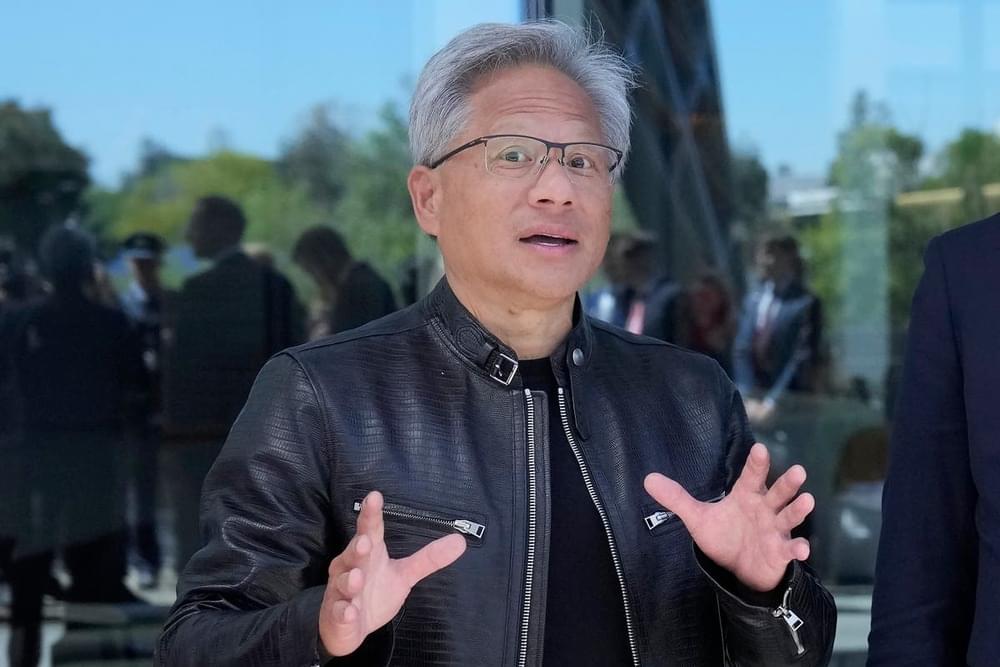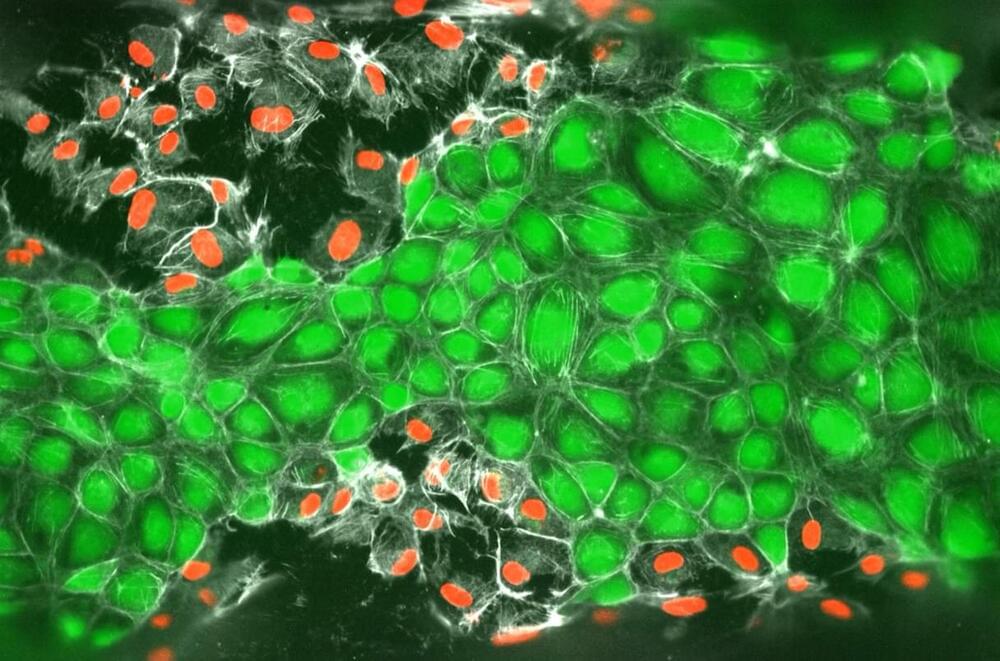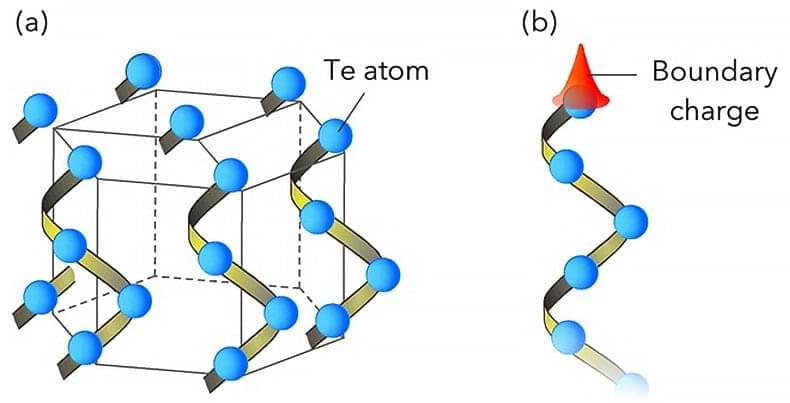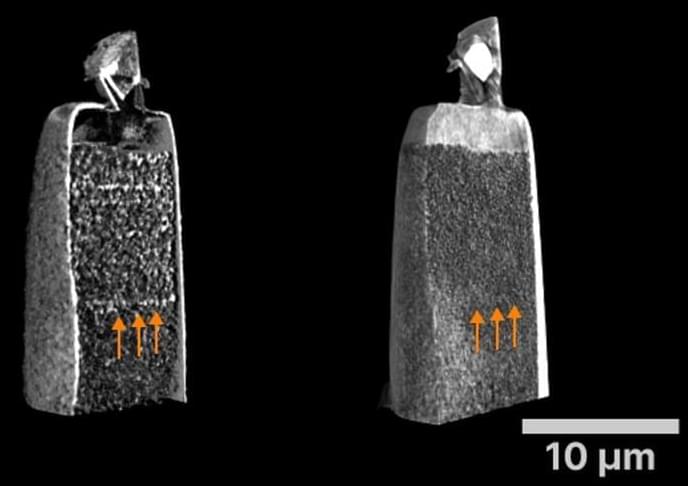Engineers discovered a new way to manage the intense heat in nuclear reactors.


Join us on Patreon! https://www.patreon.com/MichaelLustgartenPhDDiscount Links: Epigenetic, Telomere Testing: https://trudiagnostic.com/?irclickid=U-s3Ii2r7x…



McDonald’s (MCD) will put an end to its AI drive-thru partnership with IBM (IBM) in late July as many customer complaints over botched orders began to mount. The fast-food chain does have plans to continue implementing AI into its business model down the line.
The Morning Brief Anchors Brad Smith and Seana Smith break down the latest developments for McDonald’s and what it means for the company moving forward.
About Yahoo Finance:
Yahoo Finance provides free stock ticker data, up-to-date news, portfolio management resources, comprehensive market data, advanced tools, and more information to help you manage your financial life.
- Get the latest news and data at finance.yahoo.com.
- Download the Yahoo Finance app on Apple (https://apple.co/3Rten0R) or Android (https://bit.ly/3t8UnXO)

A joint research team has unveiled a new topological insulator (TI), a unique state of matter that differs from conventional metals, insulators, and semiconductors. Unlike most known TIs, which are either three-or two-dimensional, this TI is one-dimensional. The breakthrough will lead to further developments of qubits and highly efficient solar cells.
Details of the research were published in the journal Nature (“Observation of edge states derived from topological helix chains”).
TIs boast an interior that behaves as an electrical insulator, meaning electrons cannot easily move; Whereas its surface acts as an electrical conductor, with the electrons able to move along the surface.

X-ray microscopes are essential for examining components and materials because they can be used to detect changes and details in the material. Until now, however, it has been difficult to detect small cracks or tiny inclusions in the images. By developing a new method, researchers at the Helmholtz-Zentrum Hereon are now able to visualize such changes in the nanometer regime. In particular materials research and quality assurance will profit from this development.
The team reported on their new development in the scientific journal Optica (“Nanoscale dark-field imaging in full-field transmission X-ray microscopy”).
The quality must be right. This also applies to materials science. When metal parts are welded together, you need to know whether the weld seam is any good — or whether small cracks or pores have formed inside, which could lead to failure. High-performance materials, e.g. for electrodes in electric car batteries or fuel cells, should not contain defects to allow the current to flow undisturbed.

Scientists say new early diagnosis method could improve research into treatments that slow or prevent the disease.
Ian Sample Science editor.

Our willingness to help others is governed by a specific brain region pinpointed by researchers in a study of patients with brain damage to that region.
Learning about where in the brain “helping” decisions are made is important for understanding how people might be motivated to tackle large global challenges, such as climate change, infectious disease and international conflict. It is also essential for finding new approaches to treating disorders of social interactions.
The study, published in Nature Human Behaviour, was carried out by researchers at the University of Birmingham and the University of Oxford, and shows for the first time how a region called the ventromedial prefrontal cortex (vmPFC) has a critical role in helping, or “prosocial” behaviors.